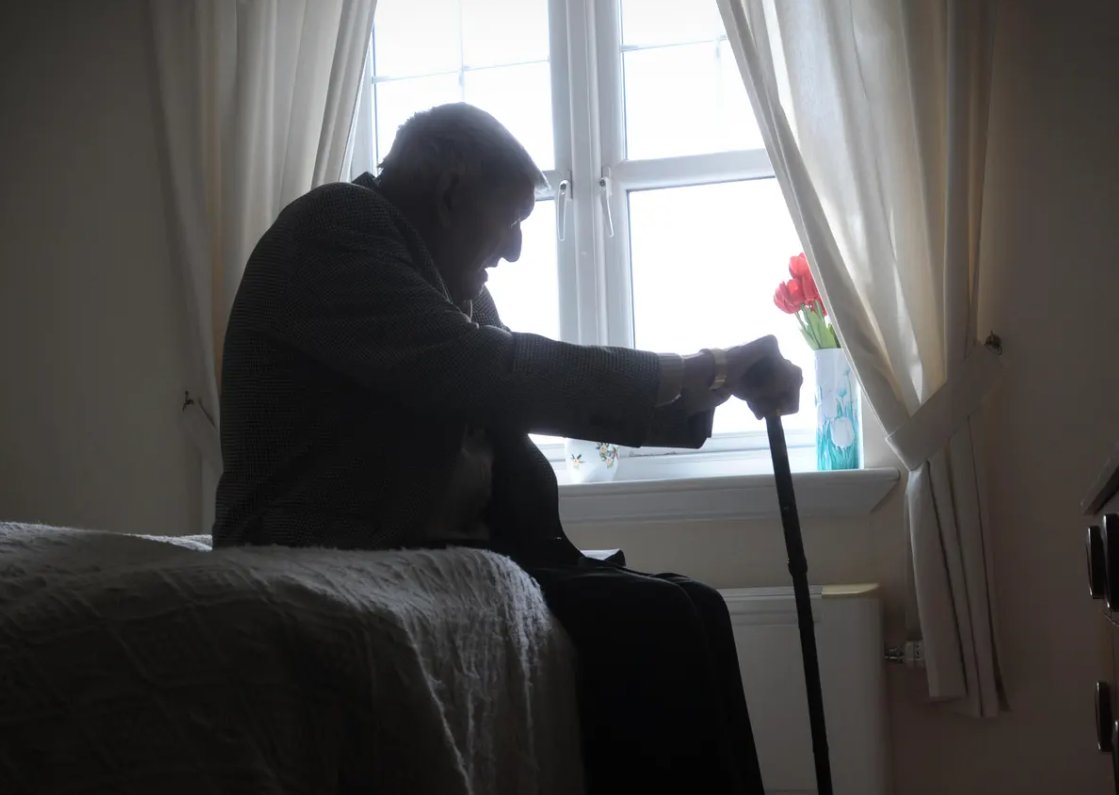by Dr. Sinéad Murphy

A study conducted by the school of psychology at Cardiff University has found that men whose faces are covered by medical masks are judged by women to be more attractive than those whose faces are not covered at all.
The results are not yet published of research into the relative attractiveness of women whose faces are masked, but academics at Cardiff confirm that the phenomenon cuts more or less both ways.
Now that recommendations/mandates/rules/guidance regarding mask wearing have been more or less lifted, it is dispiritingly clear by the numbers continuing to cleave to them that there are many among us who rather like their masks. But not the wildest speculation on why this might be was likely to have settled on the explanation that masking your face makes you more desirable.
How can such a contradiction be, that we are enhanced as we are effaced? Shouldn’t we wish to see more of an attractive person rather than find them attractive because we see less of them?
There is nothing to whet the philosophical appetite like such a paradox – resolution of apparent contradictions is its bread and butter. So here goes:
Paradox: we like to see less of what we like to see.
Resolution: there are two things to see in this case, not one, and we can see more of the thing that we like to see (abstract personality) by seeing less of the thing that we don’t like to see (actual person).
When men wear a medical mask, women do see more of what they like to see because what they like to see is not real men but generic characteristics – Kind, Safe, Caring, Healthy – characteristics that real men can expect only to channel and only at the expense of their realness.
Sadly, this effacement of what is real by polished abstractions is not confined to the realm of romance. It is the overarching trajectory of our times, increasingly promoted as the promise of ‘personalised’ living.
*
The NHS website offers an account of what it describes as ‘personalised medicine,’ a mode of administration of health and illness that is also central to the NHS Long Term Plan document from 2019.
If we cavil at the addition of ‘personal’ as a qualifier of ‘medicine’ and consider that medicine must be inherently personal to have any chance of success at all, we should know that ‘personalised medicine’ in fact designates a medical set-up from which all things personal are actively excluded.
‘Personalised medicine,’ as the NHS website explains it, addresses itself to general factors – genetic content, lifestyle patterns, environmental conditions – which it models into conclusions to support policies for prevention, diagnosis and treatment of a range of diseases posited to affect human individuals, cohorts or populations.
The ‘personalised’ claim rests on admiration of the alleged preciseness of the model’s renderings of inputted data, not on clinical examination of Jack or Jill in the context of an established therapeutic relationship of many years’ standing.
If we retain any sense that we are more than the sum of a range of genetic, lifestyle and environmental factors, then what we retain is the conviction that we are real people to be talked to and examined not data beings to be modelled and manipulated, however precisely, and that ‘personalised medicine’ in fact bypasses what is personal in favour of patterns of intersection of highly abstract scientific entities.
And it is this very same trick that is played by ‘personalised mating,’ which repeats the disregard for personal characteristic of ‘personalised medicine’ and in comparable style: by the modelling of combinations and permutations of highly abstract allegedly ‘personal’ qualities – Good Sense Of Humour, Down To Earth, Caring, Kind – either by algorithms or by humans reduced to aping algorithms.
Services such as Tinder offer ‘personalised mating’ opportunities by generating profiles from data that users are prompted to input under a set of general categories. By the time two people come together on such applications, they are so generically rendered that the meeting may be little more than that of loose constellations of abstract personality traits.
Even more depressing, however, is potential for the dating-appification of non-virtual interrelations, as we identify and rate one another on the basis of a range of generic ‘personal’ traits, sometimes helpfully signalled by a gaudy badge or bangle: rainbow bracelet for Diversity, veteran’s poppy for Respect, ‘Boosted’ sticker for Team-Player, NHS lanyard for Hero, even syringe-earrings…for Safe-and-Effective, perhaps.
This is ‘personalised mating,’ not because it gives expression to the variety and vibrancy of real people but because it hones more or less finely the coming together of mutually valued abstract characteristics.
In fact, real people are precisely what are missing from ‘personalised mating,’ just as they are missing from ‘personalised medicine,’ squeezed out by a pincer offensive of over-hyped big concepts in the domains of health, safety, lifestyle and identity, and overvalued computer modellings of the significance of combinations of those concepts as their course is plotted through individuals and groups.
No surprise, then, that it is the rare actual meeting between actual persons that suffers most from the ‘personalised’ mode.
Since Covid, real interaction with your doctor is no longer the default mode of primary medical care, with Zoom and its like dimming what few chances there are to sustain it. ‘Personalised medicine’ is not in the business of personal encounters.
But even before Covid seemed to license its almost abandonment, the clinical relation of doctor and patient had already been sadly degraded. The last time that I went to see a doctor, looking for advice on a worsening skin condition, she ‘Googled’ the problem and directed me to a good website on which I might do some further research.
As for ‘personalised mating,’ a few years ago a younger cousin told me that one of the difficulties of negotiating Tinder was that of approaching the subject of actually meeting in the world. Done too soon or too suddenly, the suggestion that there might be a personal encounter manifests as overly keen, even as aggressive.
One can only imagine that the Covid enthusiasm for social distancing has not advanced the cause of personal romantic encounters, but the question arises for ‘personalised mating’ as it arises for ‘personalised medicine’ as to how effective those encounters can be in a ‘personalised’ culture, even when they do take place.
The dating application, Match, is currently running an advert on Smooth FM, in which a man and woman are just about to really meet each other for the first time. We are given access to the woman’s thoughts as she wonders whether the encounter will begin with a handshake or an air kiss. Then, still inside the woman’s head, we ‘hear’ her surprised reaction followed by her relief that her ‘boobs’ had ‘absorbed the impact’. Then, released from the woman’s mind, we listen to the man ask, ‘Too much, the hug?’, to which she replies, ‘No. It was a very strong start’, and they both begin to laugh.
The chat is excruciating by any standards, putting paid to any possibly that either has a GSOH (Good Sense of Humour). Yet these were professional actors, hired by Match to render a fun and lively personal encounter. How much more stilted would it be between us non-professional actors, whose lines would be delivered with even worse timing and whose laughter would sound even more hollow.
It might be said that we would not be acting in our personal encounters – after all, we are not part of an advertising campaign. But there is the rub.
Once in the ‘personalised’ mode, mating just like medicine makes non-professional actors of us all, reduced to forwarding Google search results or parroting stock lines, so accustomed to the pursuit of health and romance via a drop-down list of generic options that we lose the skills to negotiate the contingencies of the real world.
*
The philosopher Paolo Virno has claimed that cynicism is one of the defining tonalities of our times.
We are accustomed to thinking of the cynic as the one who does not believe, the one who is sceptical. But according to Virno, this is not necessarily so.
Cynics now are rather the ones who do believe – who believe hype so obviously hollow that only a cynic could give it credence, who believe propaganda so patently misleading that only a cynic could be influenced by it, who believe abstractions so clearly empty that only a cynic could imbue them with meaning.
When facts are false facts and information is misinformation and truth is narrative and illness is asymptomatic and good health is good data and ‘personalised’ disregards persons and real people are billboards for abstractions, only a population of cynics can keep the show on the road by believing what is indisputably unbelievable.
This is not an explicit or considered cynicism, in the style of The Muppet Show’s two critics, sat aloft of proceedings and laughing at them knowingly. It is a cynicism of performance, a cynicism of going-with-the-flow, a willingness to lend implicit support to lies so blatant that you must shut your ears to hear them as true and people so artificial that you must suspend all disbelief to take them for real.
As the lies and the artifices proliferate so do the abstractions with which they obscure the world and those in it, so that the most basic elements of our experience are clogged by ad-style concepts and sound-bite slogans – even our experience of men and women is interrupted by the latest range of acceptable pronouns; even our experience of humans and non-humans overlain by the possibility, officially considered by Bristol University at least, that some apparent humans may be more appropriately taken for cats and addressed accordingly using newly invented forms.
The abstractions accumulate before experiences, as Virno expresses it, and reality is recast according to the latest concepts of big government, business and media.
After all, we need not wonder that a man wearing a medical mask is considered as more attractive than a man with his face on show. For the medical face mask represents the most perfect accumulation of abstraction before experience, the most coordinated obscuring of real life by high concepts.
Not only does the surgical mask offer a particularly stunning opportunity to be abroad in the world as a stock character, wearing their Kind, Clean, Safe, Selfless heart not even on their sleeve but across their face, it literally hides the person who wears it and who is only metaphorically hidden by all of the other available signals of abstract personality traits.
The man in a medical mask is the ultimate citizen of a cynical society, eager to cover anything that might remain to him of reality with a selection of generic concepts, concepts whose intersection in him is to compensate for his loss of vibrancy with the precision of his profile.
The mating, like the medical, possibilities for such a man are honed and carefully managed, but always at the level of abstraction.
Real life and true love meanwhile pass him by…
Dr. Sinéad Murphy is an Associate Researcher in Philosophy at Newcastle University.











